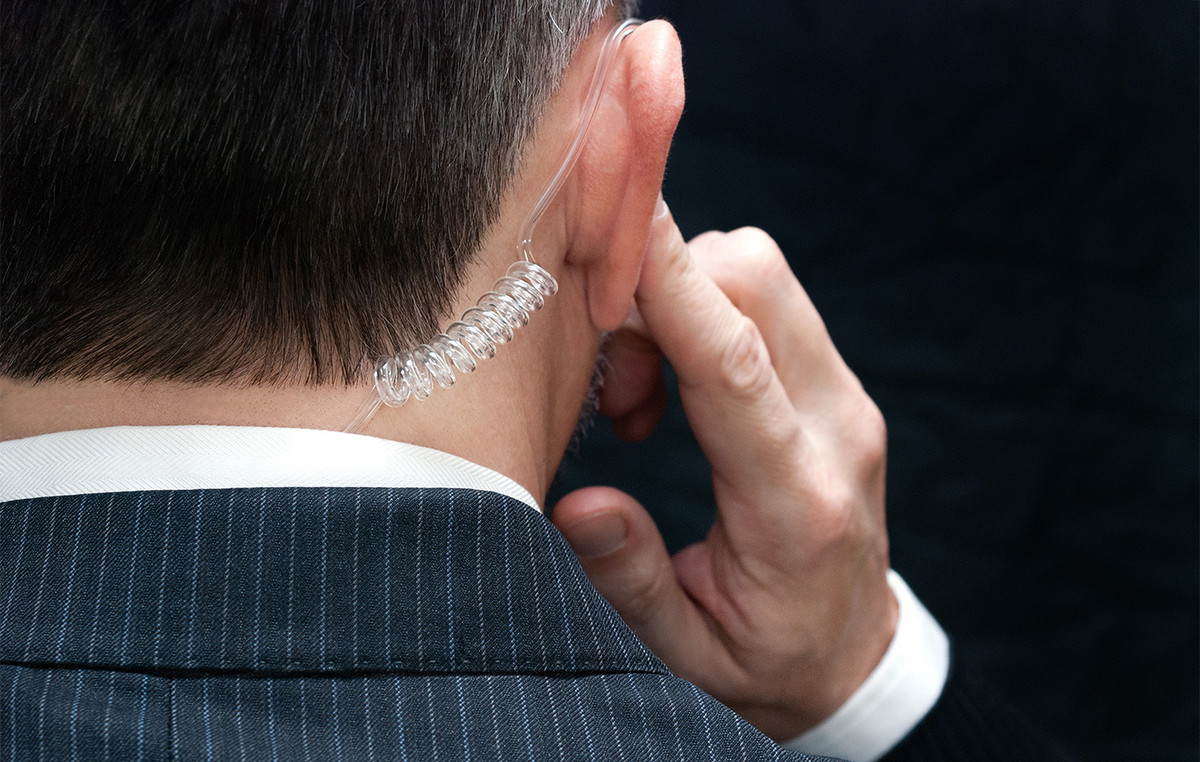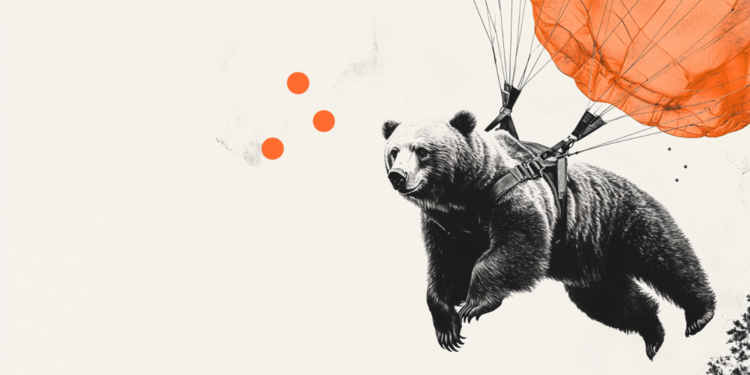Do you identify as an anxious, avoidant, disorganized, or secure person?
For those unfamiliar with psychology vocabulary, these terms refer to the four attachment styles. They describe how people behave in relationships, from their desires for closeness and intimacy to their sensitivity to potential relationship threats.
But unlike, say, the five love languages or Myers-Briggs personality types, attachment styles are rooted in science.
First developed by psychoanalyst John Bowlby in the 1950s and later expanded upon by his colleague Mary Ainsworth, attachment theory originally focused on how infants behaved when separated from their caregivers.
Then, in the 1980s, psychologists Cindy Hazan and Phillip Shaver found that adults exhibit similar patterns of behavior in romantic relationships.
With more and more people seeking to understand themselves and their partners, attachment theory has moved out of the pages of psychology textbooks and into mainstream recognition. The 2010 self-help book “Apegados” (New Concept Ed.) written by Dr. Amir Levine and Rachel Heller, has seen a recent increase in sales. On TikTok, the hashtag #attachmentstyle has been viewed over a billion times.
Understanding your own attachment style, as well as those of the people in your life, can help improve relationships. But even though attachment theory is ubiquitous these days, it is often misunderstood.
secure attachment
People with a secure attachment style are generally comfortable with closeness and intimacy and are able to communicate their needs and feelings in relationships, according to Levine, who is also an associate professor of psychiatry at Columbia University. Secure people tend to be warm and loving, and they generally trust their partners without fearing abandonment. Perhaps unsurprisingly, secure people tend to be happier in relationships, according to Levine.
Psychologists Hazan and Shaver found in their research that about 56% of the subjects they studied had a secure attachment style.
anxious attachment
People with an anxious attachment style want intimacy and closeness, Levine told CNN , but are also sensitive to potential relationship threats. They tend to worry that their partner wants to be with them and therefore require more frequent validation.
When confronting a potential relationship threat, anxiously attached people may sometimes resort to something called protest behavior – for example, if they feel their partner is being less attentive to them, they may do things to make their partner jealous or threaten get out of the relationship.
As misguided as they are, such reactions are an attempt to reestablish the link in the relationship.
In Hazan and Shaver’s research, 19% of subjects had an ambivalent anxious attachment style (another word for anxious).
avoidant attachment
People with an avoidant attachment style associate intimacy with a loss of independence, and as a result tend to withdraw when someone gets too close. For Levine, this doesn’t necessarily mean they don’t want to be in relationships, but rather that they feel suffocated by closeness.
“There’s this idea that love conquers all – that if someone loves you enough, they’ll do everything in their power to be with you,” explained Levine. “But this is far from the truth. People can love a lot, but depending on their attachment style, they will behave very differently.”
In Hazan and Shaver’s research, 25% of subjects had an avoidant attachment style.
disorganized attachment
Fearful, avoidant attachment, also known as disorganized attachment, is a combination of anxious and avoidant styles and is rarer and less discussed than the other three. People with disorganized attachment crave connection, but fear of getting hurt when in a relationship causes them to withdraw from people as a result.
Between 3% and 5% of people fall into this category, as Levine and Heller wrote in the book “Apegados”.
“They tend towards both anxious and avoidant attachment styles, except there’s a big betrayal wound,” added Jessica Da Silva, a marriage and family therapist and attachment coach.
“Often these are people who have had very severe levels of trauma or serious abuse. So there’s this feeling of not being able to fully trust people.”
What people get wrong
Research suggests that knowing the four attachment styles can have a positive effect on your relationships – and this can be true not just with romantic partners, but with friends, family and colleagues as well.
But rather than thinking of attachment styles as rigid categories, Levine said it’s more accurate to think of them as guidelines. Features exist on a spectrum, and are generally context dependent.
Some people may have a mildly anxious attachment, while others may go to extremes. Styles can also vary in each relationship: a person might be secure with their romantic partner, but anxious with their co-workers, for example.
It can be tempting to see avoidant, anxious, and fearful attachment styles as a sign that something is wrong. However, this is not true, nor is it the case that all anxious people are needy and all avoidant people are narcissistic, according to Levine.
Our attachment styles are part of our biology – there are evolutionary advantages to being more sensitive to threats or being more independent.
“Attachment styles are not pathological. They are just a normal variation of a norm,” added Dr. and author Levine.
However, when it comes to relationships, there is evidence to suggest that it is more advantageous to be the secure type. A recent study found that secure adults are more likely to have better mental health.
There is some hope left if you identify as avoidant or anxious. People have the potential to change their attachment styles and become more secure over time. In addition to recognizing how you respond to threats in relationships, Levine recommends surrounding yourself with safer people.
Attachment styles are not the diagnosis of all relationships. Some psychologists suggest that in addition to reading a self-help book on attachment styles, you need to do therapy or other interventional approaches to understand the profile, get to know yourself and the people you have relationships with better.
SEE ALSO: One in four men say they shop secretly
Source: CNN Brasil
I’m Robert Neff, a professional writer and editor. I specialize in the entertainment section, providing up-to-date coverage on the latest developments in film, television and music. My work has been featured on World Stock Market and other prominent publications.







